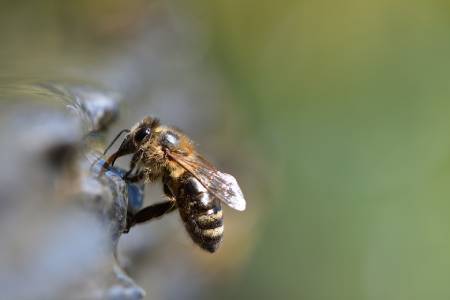


Stinging pests come in a range of shapes and sizes that include multiple insect species.
While the common factor is a stinger, body types, colors, and legs vary widely between pests such as bees, hornets, wasps, and even scorpions.
These pests can all present problems for you or your home and controlling them begins with accurate identification. For more information, contact Greencare pest control company for accurate identification of the pest problem you are experiencing.
Stinging pests include bees, hornets, scorpions, wasps, and yellow jackets.
If you find a nest on your property, removing it safely and completely can be difficult. Greencare can come out and perform an inspection of your yard and home.
Once our technician locates their nest, they can treat the pests as well as remove the source.
Our Greencare technician will look for conditions that invite stinging insects, tackle current infestations, and remove any nests to help prevent future stingers from showing up.
Honey bees and bumblebees sting and inject venom only once and usually die within minutes after delivering their sting.
Warm weather tends to bring everyone outside, including stinging pests. While the stings from wasps, bees, hornets, or yellow jackets may hurt, they can also cause more serious health issues like painful swelling, infections, nausea, and in rare cases even death. Not only do you need to worry about the stinging pests themselves, but also about locating and removing their breeding places.
In the warm months, stinging insects buzz around your home, often
building nests inside attics and gutters, or under decks or eaves. It is
important to find and seal cracks and crevices to keep these pests from
migrating indoors.
If you cannot find the answer to your question in our FAQs, you can always Contact Us . We will answer you shortly!